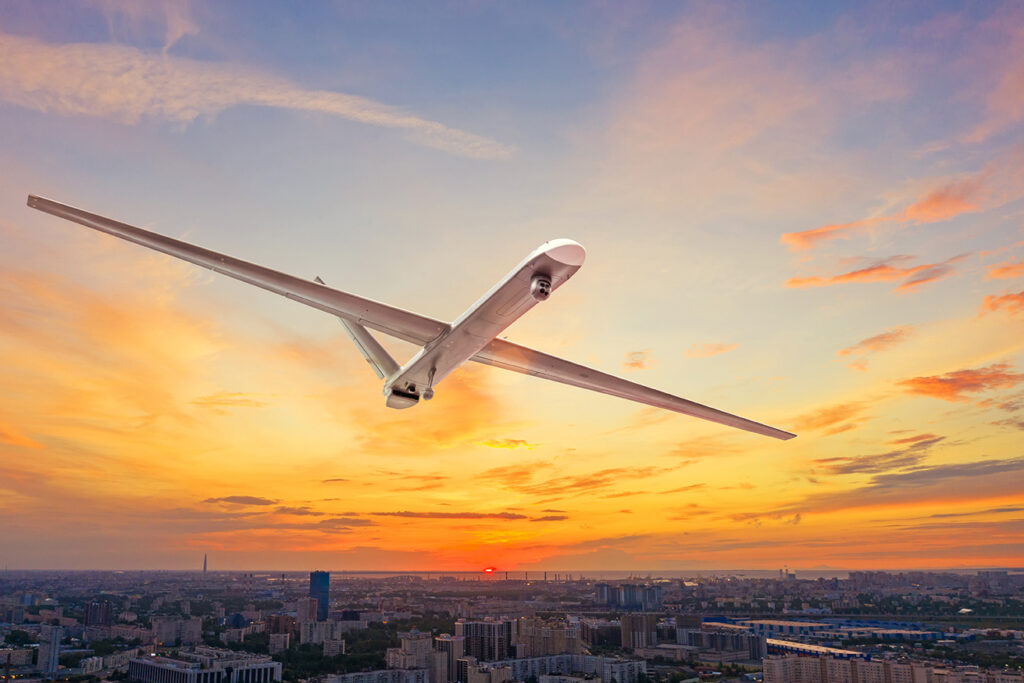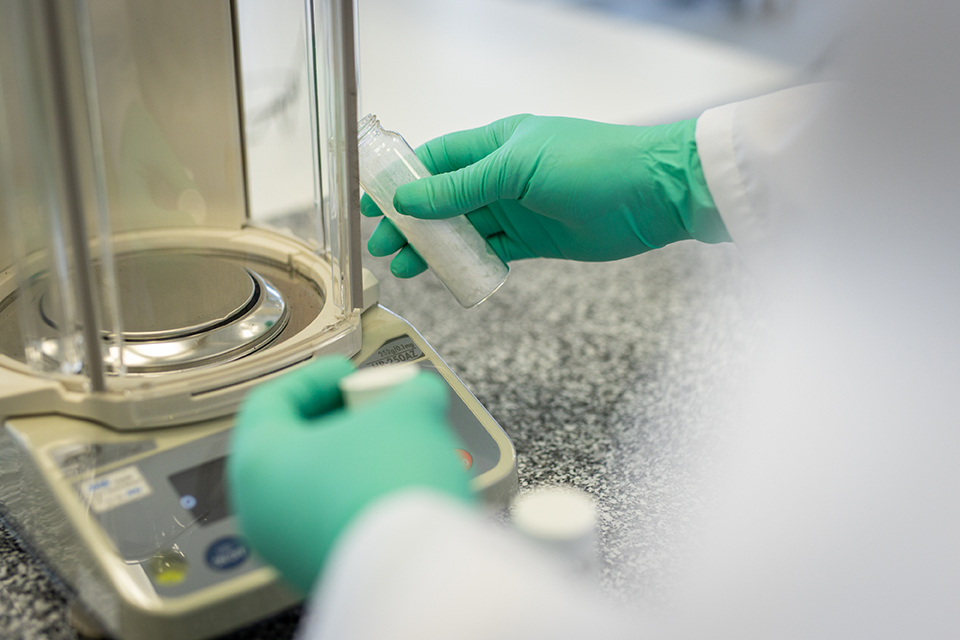The cells have been produced in our semi-automated Phase 2 facility in Geelong, Victoria with test cell production capacity anticipated later in the year when our new Phase 3 facility is completed.
The new 20-layer cells are built using a low-flammability electrolyte, which we believe will make them safer than traditional lithium sulfur and lithium-ion cells that utilise a higher flammability electrolyte. Utilising Li-S’ patent protected Li-nanomesh technology, the cells also incorporate Boron Nitride Nanotubes (BNNTs) into the cell construction to reduce dendrite growth to further improve safety and cycle life.
Key benefits of the GEN3 Li-S Energy battery system over our second-generation (GEN2) lithium sulfur cells include:
- a significant improvement in volumetric energy density as a result of a lower porosity cathode material;
- higher gravimetric energy density through our optimised cathode material composition; and
- enhanced safety with the use of a low flammability electrolyte.
In addition to high gravimetric energy density, which delivers a lighter weight battery, the volumetric energy density (the energy stored for a given cell volume) is also considered important by our target industries. It offers the potential to significantly reduce the physical size of the battery packs needed for the same energy stored, or conversely to significantly increase the energy stored in a given space compared to our existing GEN2 lithium sulfur cells.

The new GEN3 cells are currently demonstrating a gravimetric energy density in our laboratories of over 400 Wh/kg, and a volumetric energy density of 540 Wh/l. Compared to current Li-ion cells this is nearly double the gravimetric energy density and comparable for volumetric energy density1. In practical terms this means that our cells are now the same physical size as existing Li-ion batteries but half the weight.
Our development team is currently working to develop the cell cycle testing and characterisation results to produce an industry standard datasheet on the new 20-layer cells. Based on inquiries to date we anticipate this will be of significant commercial interest to high value partners in sectors such as drones and eAviation. These are sectors in which the company has already established collaboration partners. Based on growth forecasts for the drone and eAviation markets by international research organisations IDTechEX2,3 and Precedence Research4, we estimate that the combined eAviation and drone battery market will exceed A$48 billion per year by 2035.
In addition to the GEN3 semi-solid-state Li-S cells, we continue to progress our R&D on full-solid-state electrolytes in a co-funded project within the ARC Research Hub for Safe and Reliable Energy at Deakin where we jointly aim to create a full-solid-state Li-S battery.
Li-S Energy CEO, Lee Finniear commented:
“The development of these new battery cells is another validation of the strength of our scientific and technical teams, and our collaboration with Deakin University and other Australian and international institutions. This outcome demonstrates the strength of our progress over the last year. In the coming months we look forward to commencing the production of commercial samples for our partners.”
1 Source: www.cei.washington.edu/education/science-of-solar/battery-technology/
2 Source IDTechEX Report: Solid-State and Polymer Batteries 2021-2031
3 Source Precedence Research – Unmanned Aerial Vehicle (UAV) Drones Market 2022 – 2027
4 Source IDTechEX Report : Manned Electric Aircraft: Smart City and Regional 2021-2041



